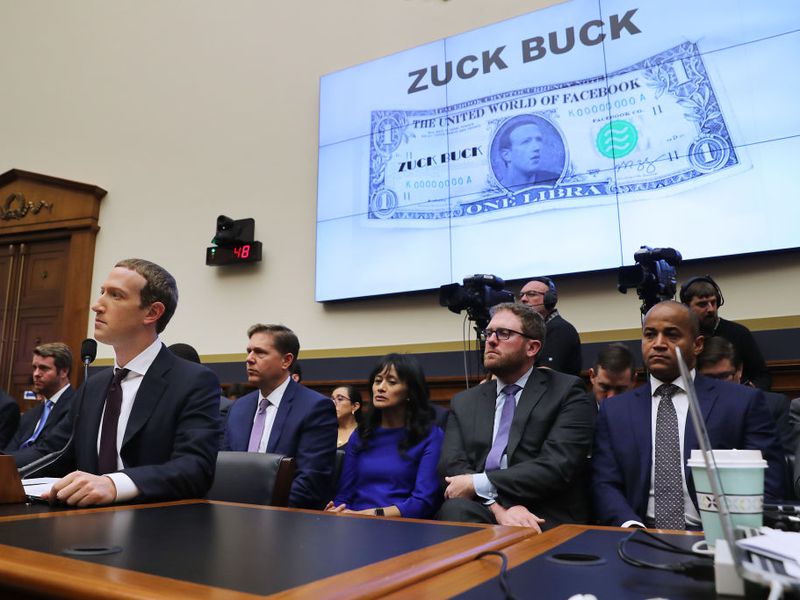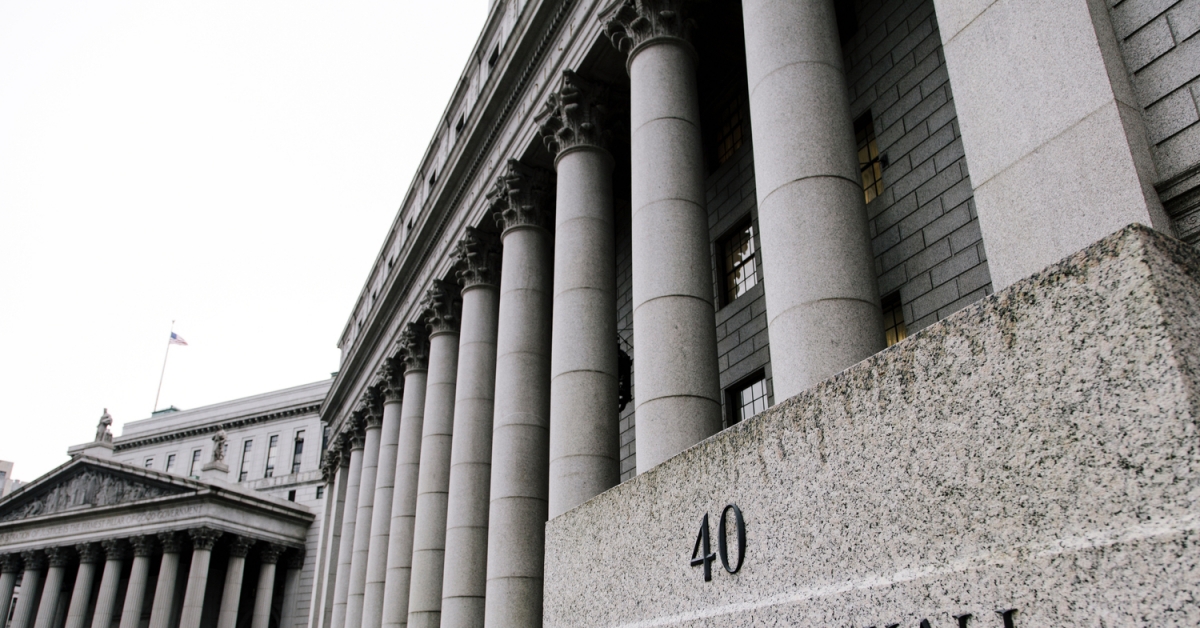Stablecoin Legislation Must Respect the Dual-Banking System
Long before Bitcoin, Ethereum, or DAOs, the U.S. banking industry had its own form of decentralized governance: the dual-banking system. Under this system, banks can be chartered and, with some important caveats, supervised at either the state or the federal level.
When U.S. Senators Cynthia Lummis (R-WY) and Kirsten Gillibrand (D-NY) introduced their stablecoin regulation bill on April 17, the legislators emphasized that the bill seeks to “preserve our dual banking system.” But while the senators deserve credit for pursuing this goal, the Lummis-Gillibrand stablecoin bill falls short by subordinating state regulation to federal control.
Jack Solowey is a Policy Analyst at the Cato Institute’s Center for Monetary and Financial Alternatives. Jennifer J. Schulp is the Director of Financial Regulation Studies at the CMFA.
To support the healthy competition among both financial institutions and regulators that the dual-banking system represents, stablecoin legislation must provide a bona fide state pathway free from arbitrary limits and federal gatekeeping.
To be sure, the dual-banking system itself at present is far from federalism perfected, and state and federal jurisdiction over banks does overlap in important ways; state-chartered banks that are members of the Federal Deposit Insurance Corporation and/or the Federal Reserve System, for example, face additional federal supervision. But such federal bank supervision makes even less sense for stablecoin issuers, which ultimately provide a payment tool (tokens designed to maintain a 1:1 peg with the U.S. dollar), not banking services.
While the Lummis-Gillibrand stablecoin bill technically allows for state-chartered stablecoin issuers, it weighs them down with too many restrictions. The most obvious one is a cap on non-depository state trust companies (non-bank entities) that issue stablecoins, limiting them to $10 billion worth of stablecoins outstanding.
State-chartered issuers that wish to be free of these caps would be required to register both as state or federal depository institutions (e.g., banks or credit unions) and national stablecoin issuers. National stablecoin issuers, in turn, need a majority vote of the Federal Reserve Board of Governors (Fed Board) to operate.
But remaining state-chartered also wouldn’t exempt issuers from federal licensing and oversight.
Proposed limitations on state-chartered stablecoin issuers subject them to second-class treatment
State-chartered stablecoin issuers would face application requirements issued by the Fed Board and incorporating vague standards regarding the stablecoin’s “benefit to the public” and role in the “stability of the financial system of the United States.” While a federal floor for basic stablecoin operating requirements — e.g., disclosure and reserve obligations — is one thing, federal approval standards for otherwise state-chartered issuers are quite another, particularly where they involve nebulous concepts that give regulators broad discretion and create room for abuse. And, notably, the Fed Board would have the power to block these trust companies from issuing stablecoins with a two-thirds vote.
The result is that the Fed would have the power to decide which banks are allowed to issue stablecoins, as well as to exclude non-bank issuers from competing with those banks.
Such proposed limitations on state-chartered stablecoin issuers subject them to second-class treatment. For instance, while the bill’s $10 billion ceiling on a state trust’s outstanding stablecoins may sound like a wide enough berth, given the importance of user network size and token liquidity to a successful stablecoin such a cap would place state trust issuers at an inherent disadvantage.
Further, giving the Fed Board final veto power over what is, in essence, a license to operate a stablecoin business is fundamentally at odds with the role of state charters in the dual-banking system.
In the words of banking law scholar Arthur E. Wilmarth, Jr., the dual-banking system generally provides “a ‘safety valve,’” for the payment system “to escape from arbitrary, inflexible or outdated regulation.”
This safety valve involves both horizontal (state v. state) and vertical (state v. federal) competition among regulators. Diverse jurisdictions can play the roles of laboratories of innovation, improving frameworks to support new technologies and consumer benefits, vying to attract new businesses, and even residents.
Competition among regulators can also translate into more choices for consumers. For example, innovations arising out of the state banking system have included interstate electronic funds transfer via ATMs. Importantly, competition is a two-way street, and Wilmarth notes that federal developments have, in certain instances, helped to liberalize state banking laws.
It is particularly important for the stablecoin ecosystem to be free from a single regulatory gatekeeper. For one, federal lethargy in providing pathways for stablecoin issuers, as well as crypto-facing businesses more broadly, have led states — like New York and Wyoming — to pick up the slack. Such states would be relegated to a diminished role under the bill.
Avoiding a federal veto over stablecoin licensing is all the more important because the Federal Reserve is conflicted as a provider of payment tools itself. Giving the Fed Board ultimate authority to block its potential competitors unfairly stacks the deck against payment alternatives.
Efforts like the Lummis-Gillibrand stablecoin bill to break the logjam on crypto policy at the federal level are welcome. Nonetheless, for stablecoins to achieve their full potential when it comes to consumer choice in payments, stablecoin legislation must let state-chartered issuers compete on fair terms.
Now is not the time to whittle away at the benefits of the dual-banking system’s form of decentralized regulation.
Edited by Benjamin Schiller.









